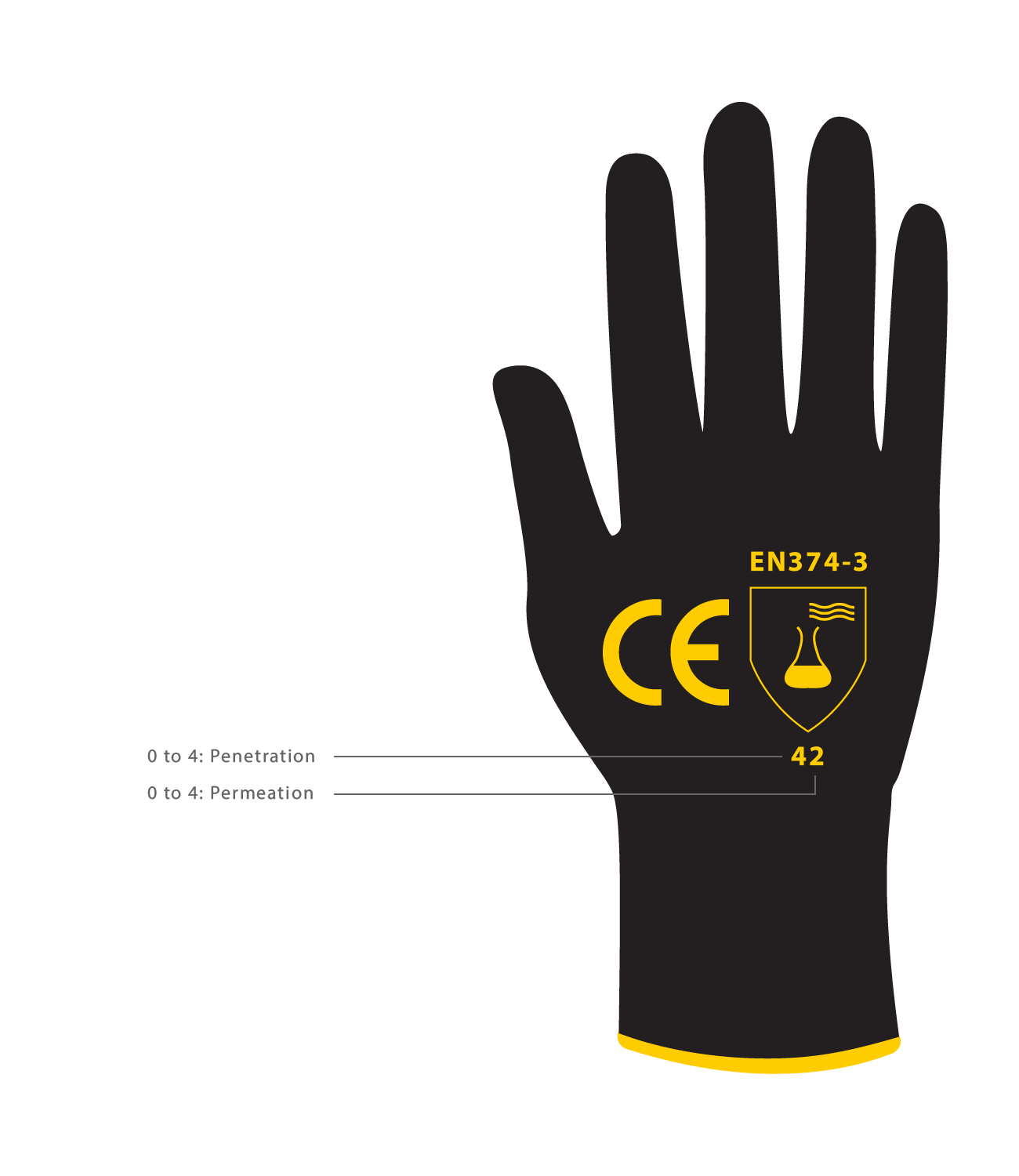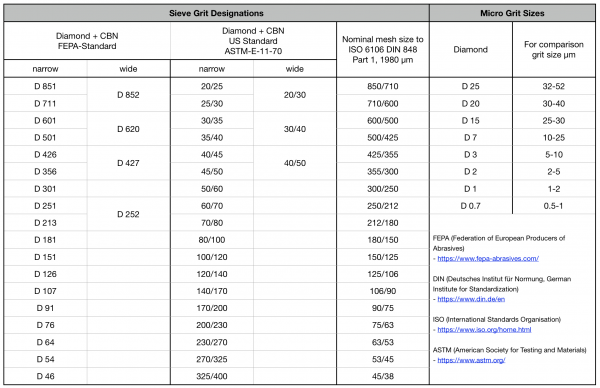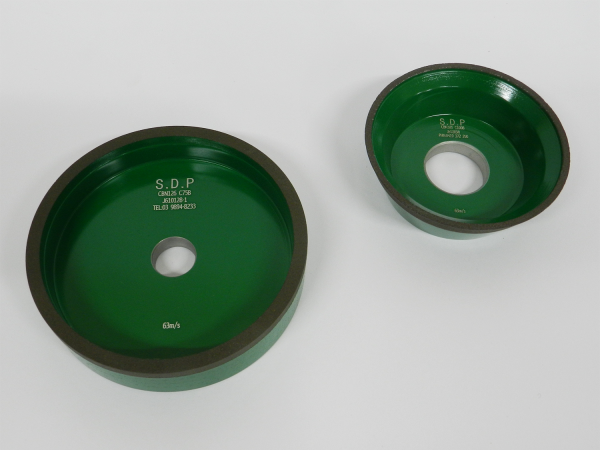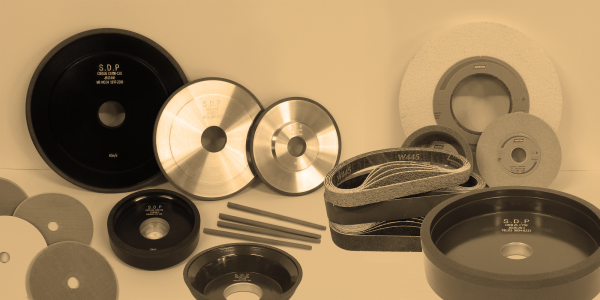Understanding glove safety standards and rating numbers
Match the safety standards to the level of protection you need. The Australian standards (AS/NZS) for occupational protective gloves, are equivalent to European Standards (EN), which are more commonly printed on the glove. Additionally, the CE Marking on a product is a manufacturer’s declaration that the product complies with the essential requirements of the relevant European health, safety and environmental protection legislation.
At the time of writing this article, the current Australian standard for selection, use and maintenance of occupational protective gloves is AS/NZS 2161.1:2016, which references the standards for:
- Protection against Mechanical Risks
- Protection against Thermal Risks (Heat & Fire)
- Protection against Cold
- Protection against Chemical Risk
Performance Test Rating numbers:
- Level X: The test is not applicable, or the glove is not tested
- Level 0: Nil performance or result
- Level 1: Minimum result
- Level 2: Good result
- Level 3: Very Good result
- Level 4 & over: Excellent result
Protection against Mechanical Risks AS/NZS 2161.3:2005 (EN388)
The EN388 standard applies to all types of protective gloves with respect to mechanical aggression from abrasion, cutting, tearing and puncture. These ratings are calculated from laboratory test results and do not replace the actual testing of the product in real conditions in the field. The results enable you to compare the performance between various products.
Protection against Thermal Risks AS/NZS 2161.4:1999 (EN407)
The EN 407 standard specifies the general requirements and thermal performance of gloves to protect against heat and fire. It applies to gloves which protect hands from fire, contact heat, radiating heat, small spray of molten metal or large spray of melting metal.
Protection against Chemical Risk AS/NZS 2161.10.3:2005 (EN374-3)
The EN374-3 standard involves determination of the resistance of the materials making up the gloves. Resistance to permeation is assessed by measuring the time for a chemical to break through the glove material. Samples are cut and placed in a permeation cell which enables the chemical to be placed in contact with the outer surface of the glove. Air or water is passed through the cell to collect any chemical that has broken through the inside surface of the glove. It is recommended to only use the test results, which have basically relative values, to compare the materials on the basis of the major categories of passage of time.








